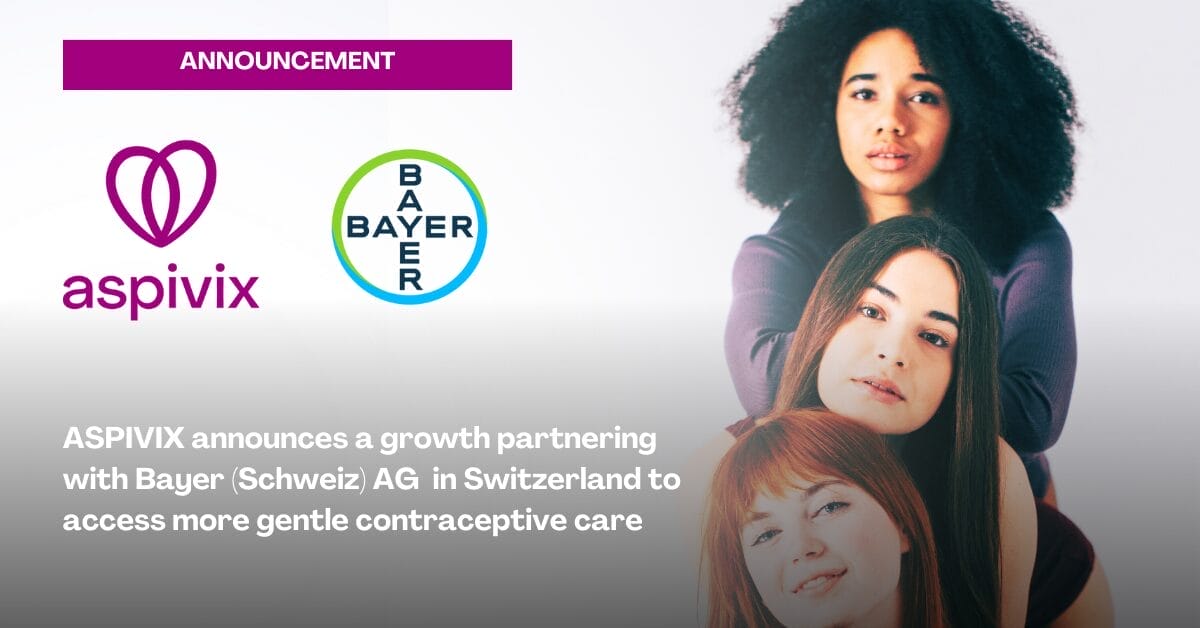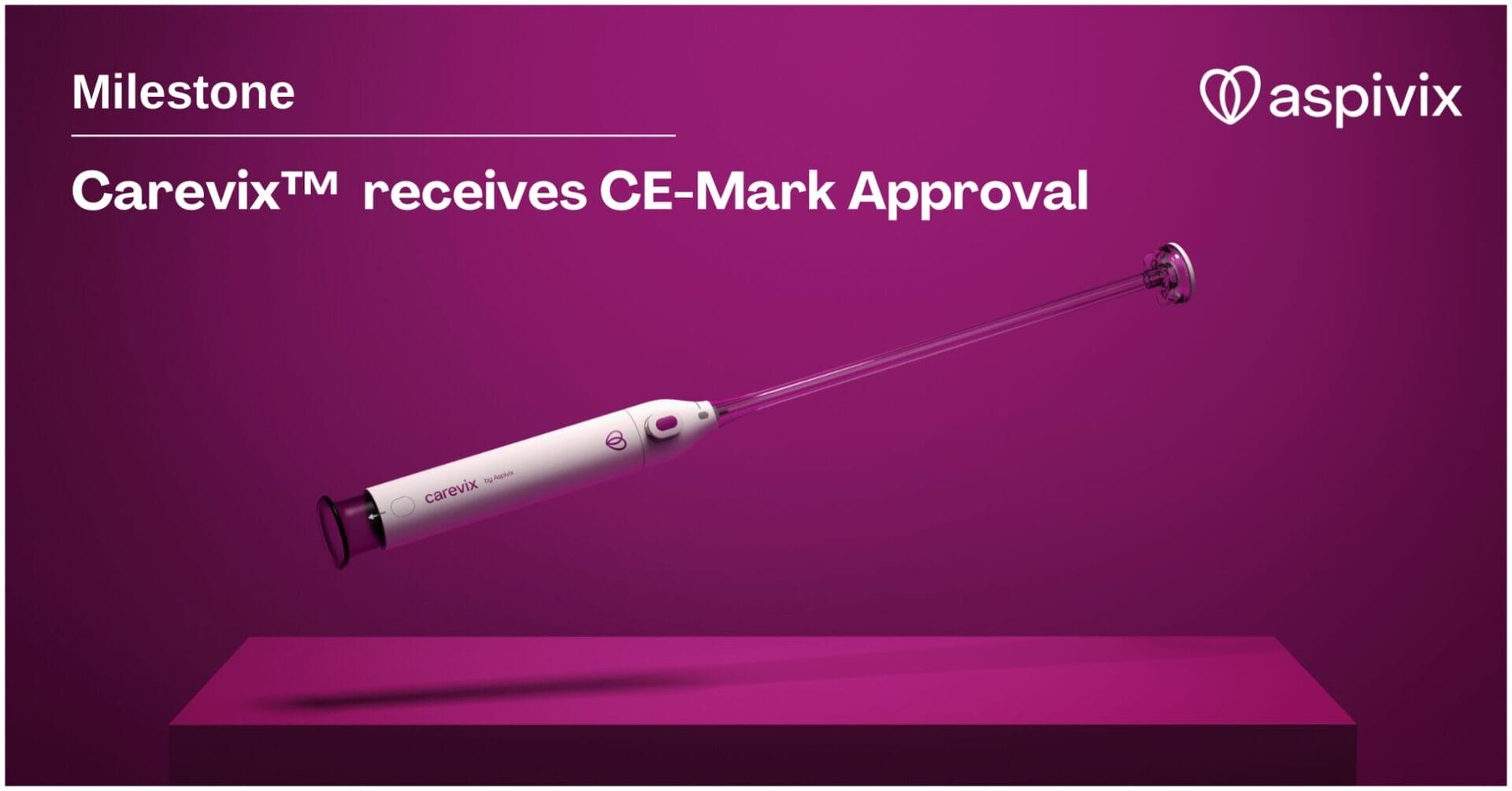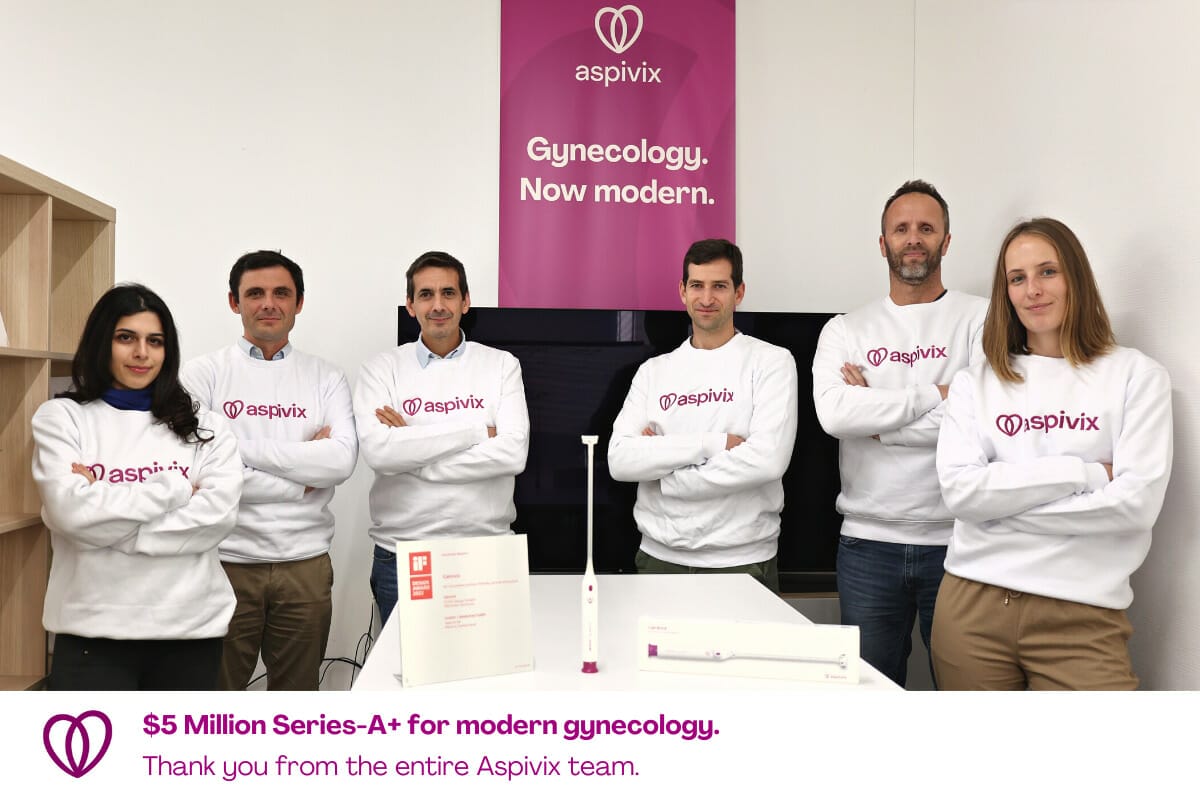
ASPIVIX 2020: A Year in Review
We certainly all agree that 2020 was anything but ordinary. COVID-19 forced us to quickly adapt to the new normal and change our way of life. At ASPIVIX, we found an opportunity to take a stand and amplify our voice in “matters that matter” the most to us: to advance women’s healthcare needs.
This year, more and more voices emerged stressing the critical importance of family planning for the overall health of our society today and in the future. We proudly joined in this discussion by regularly publishing blog articles to inform, educate and to have a dialogue about the role of birth control to tackle unintended pregnancies. Knowing the options is vital. Having access is key. We aspire to do our share so women – and their partners – all over the world feel empowered to make informed decisions about their health, life, and future.
In this retrospective, we summarize some of the topics we discussed in 2020:
- Unintended pregnancy is the other global “pandemic”
- A long-acting contraceptive is the best option during COVID lockdown
- IUDs are 99% effective in preventing pregnancies
- Innovations in women’s health need contemplate the entire women experience
Unintended pregnancies require effective contraceptives

When talking about family planning, it’s important to understand some of the alarming statistics. While doing our research, we were taken aback by some of these numbers.
Did you know that more than 40% of pregnancies are unintended? Worldwide about 85 million annual pregnancies are accidental. And more than 50 million unplanned pregnancies could be prevented if the need for contraception was fully satisfied. There are plenty of options when it comes to contraception, and it can be difficult and overwhelming to decide which particular method best fits lifestyle needs.
What makes women choose a particular contraception? Extensive research has been done shedding some light on what is valued in terms of contraception. The key attributes considered by women are:
- Safety
- Effectiveness
- Length of Effectiveness
- Reversibility
- Rapid and Predictable Return to Fertility
The best option to match these requirements is the so-called Long-Acting Reversible Contraception (LARC), which is more than 99% effective. These are the long-acting reversible contraception (LARC) options:
- Contraceptive implants (last up to three years)
- Intrauterine systems, or IUS (up to six years)
- Intrauterine devices, or IUDs, also called the coil (up 12 years)
In light of COVID, global agencies and healthcare organizations are prioritizing long-acting reversible contraception such as IUDs: “ LARC offers the most effective contraception and should be prioritized where possible when lockdown restrictions are eased.”
Meet the most effective contraceptive available today
The IUD is known to be the most effective form of contraception, yet more women still prefer condoms or pills.
At ASPIVIX, one of our ambitions is to raise awareness around effective contraception options, so more and more women have access to information and can make informed decisions about their sexual health and fertility.
In the article Hormonal vs. Copper IUD: What Drives Women’s Choices? we take a deep dive into both hormonal and copper IUD, their similarities, differences as well as some of the trends. We tackled misconceptions and clarified that – YES – IUD is a good option for both young girls and women who have never given birth.
And to bring it all together, we sat down with our Chief Medical Officer, Dr. David Finci, who is a second-generation OBGYN in Geneva. Dr. Finci told us that out of frustration with century-old devices, he founded ASPIVIX.
Innovation in gynecology must be women-centric

There is no shortage of meaningful innovation in gynecology and contraception yet we must recognize that there are still significant gaps. One gap for example, is the need to develop solutions that are women-oriented. Meaning that the entire process, procedure or experience takes into account the women’s well-being from the beginning until the end as much as possible.
In this article, we look at trailblazers disrupting the IUD market. We feature Medicines360 because they are democratizing access to quality medicines including contraceptives to all women regardless of their socioeconomic status, insurance coverage or geographic location.
Another trailblazer is the giant pharmaceutical Bayer, the market leader in the Hormonal IUD space. For the past 20 years, Bayer has created a suite of Hormonal IUDs, targeting women with different birth control needs. Their portfolio consists of known brands such as Mirena, Kyleena, and Skyla. A much different gem in size but similar in ambition is the Israeli-based Ocon, which is transforming the IUD market by bringing a new, ball-shaped IUD that is designed to better fit in the uterus.
At ASPIVIX, we trying to do our part by developing an atraumatic suction cervical tenaculum. The original tenaculum, which is used during IUD insertion is a century-old device that causes significant pain and bleeding in 80% of procedures. In fact, we just announced positive preliminary results of our First in Women Trial Phase I conducted at the University Hospital of Lausanne in Switzerland. We invite you to read our press release.
Our outlook for 2021
We believe that COVID will be the catalyst that helps accelerate and tackle some of the challenges around family planning and the unplanned pregnancy pandemic. As Melinda Gates, the Co-Chair of the Bill & Melinda Gates Foundation has stated: “When a woman has the power to decide when to get pregnant, she has power over her future. Empowered women transform societies.”
Closing the gender health gap is crucial for us to evolve further as a society. Innovation gynecology is severely behind other specialties in medicine. To advance women’s healthcare, we need more trailblazers and we need more funding. And innovation needs to be women-centric.
At ASPIVIX, we will continue to drive these discussions and be engaged with all stakeholders to develop solutions that are meaningful and address these needs!
Library:
Share this story:










